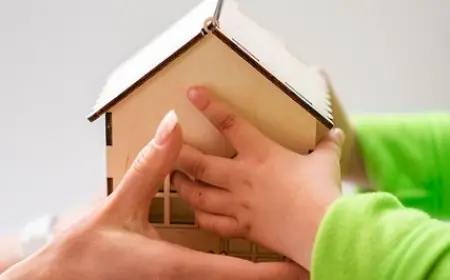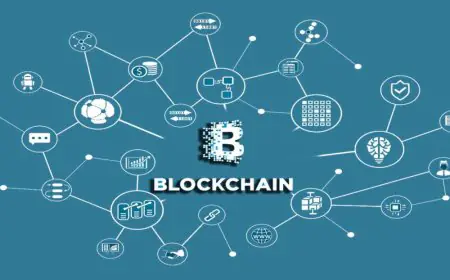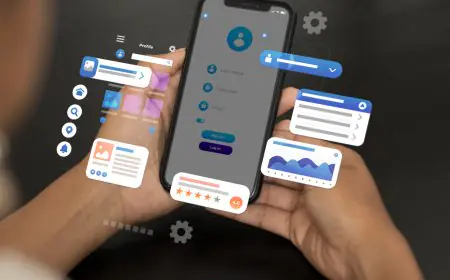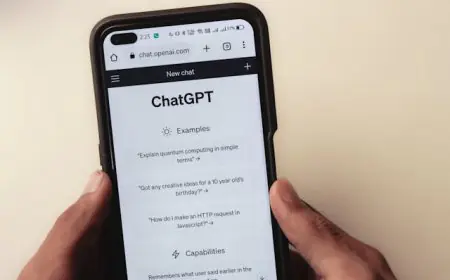The Power of Puzzles: How Escape Rooms Unlock Creativity?
Tucked away in an unassuming building downtown lies a portal to another world. As the heavy door creaks open, you enter a dimly lit room and hear the lock click behind you.

Tucked away in an unassuming building downtown lies a portal to another world. As the heavy door creaks open, you enter a dimly lit room and hear the lock click behind you. Glancing around, you take in the intricate décor, transporting you to another era. A record player in the corner plays jazz music, setting an ominous mood. The game is afoot. You have 60 minutes to scour the room, decode clues, solve puzzles, and break out of this elaborate escape room.
Across the globe, escape rooms like this have surged in popularity, attracting thrill-seekers looking to give their brains an exhilarating workout. But these experiences offer more than just adrenaline-pumping entertainment. Escape rooms provide fun activities in Chicago for adults to unlock creative thinking, showing how collaborative problem-solving under pressure can produce those prized “aha” moments.
The Psychology Behind Escape Room Puzzles
To succeed at escape room puzzles, teams need persistence, communication, and the ability to see things from different angles. Players must challenge assumptions and shift perspectives to crack codes, make connections between puzzling clues, and ultimately break out within the allotted time. These types of critical thinking and problem-solving skills are key pillars of creativity. According to psychologist Dr. Mark A. Runco, renowned for his research on creative thought, a cognitive skill set he calls “divergent thinking” is essential for generating those innovative eureka moments. Divergent thinking emphasizes idea generation by branching out in multiple directions. This contrasts with linear, convergent thinking, which moves strictly in one logical direction toward a single answer.
To foster divergent thinking, escape rooms incorporate key elements recognized by creativity experts that allow the mind to flourish:
● Immersive storytelling provides context to activate imagination and transport players into an alternate realm where anything seems possible.
● Unconventional challenges disrupt preconceived thought patterns, forcing participants to reconsider perceived limitations.
● Hands-on engagement with tactile objects rather than only visuals or text engages more of the senses to enhance creative problem-solving.
● Team collaboration utilizes a diversity of perspectives, skills, and experiences through peer-to-peer exchanges of insights and ideas.
● Facing the pressure of a ticking countdown clock introduces construcing constraints that can surprisingly catalyze out-of-the-box concepts.
● Because of these creativity-enhancing components, escape room experiences provide the perfect stimulus for getting minds firing on all cylinders. By wrestling with mental obstacles under pressure, aha moments can emerge that may otherwise remain buried under layers of conventional wisdom.
Thinking Inside the Box
To perceive the world in new ways, sometimes you first have to literally step inside a box—or rather, an escape room. These immersive experiences thrust participants into unconventional worlds full of storylines, challenges, and hidden clues poised to jolt any brain out of its standard ruts of thinking. Unlike free-form brainstorming sessions, escape room puzzles offer concrete boundaries. The presence of actual physical constraints encourages participants’ minds to channel their mental energy within the confines of the room’s structure and storyline. Counterintuitively, these limitations provide helpful guideposts that can galvanize inventive thought while also building team camaraderie.
By accepting an escape room’s creative “rules of the game” and then strategically trying new approaches within those constraints, participants learn two key lessons:
- Restrictions can guide and focus creative problem-solving. Too much ambiguity paralyzes progress.
- Embracing others’ ideas multiplies options to find unlikely solutions.
These principles not only enable teams to escape captivity by an arbitrary countdown clock but also provide takeaways for nurturing everyday innovation long after leaving an escape room environment.
Real-World Escape Strategies
Beyond just thrilling entertainment, escape room experiences teach participants the value of bringing playfulness, open-mindedness, and empathy into real-world problem-solving. By modeling the escape room mindset, companies can rip pages from this interactive playbook to develop workplace cultures and team dynamics that reduce groupthink, spark fresh perspectives, and unlock innovation.
Real-life escape room strategies for boosting creativity include:
● Foster psychological safety: When team members feel secure taking risks without fear of judgment, unconventional concepts can emerge.
● Promote collaboration: Instead of siloed roles, encourage intermingling ideas across departments, levels, and functions.
● Question assumptions: Approach legacy situations with childlike curiosity to foster new lines of inquiry.
● Impose creative constraints: Rather than broad challenges, frame specific problems with defined requirements.
● Inject novelty into routines: Incorporate surprising stimuli by tweaking meeting formats, worksite set-ups, and more.
Just as escape room participants learn to literally think outside the box by solving puzzles within a box, organizations can drive innovation by being boundlessly creative within strategic constraints.
Conclusion
While escape rooms offer rollicking adventures under pressure, these interactive experiences provide far more than suspense-filled drama. Escape room morley function as crucibles for creativity, melting down conventional assumptions while reconstituting perspectives. Forcing participants to think flexibly and strategically within challenging mental cages gives people permission to unlock far-fetched ideas they may normally censor. By transporting players into immersive worlds unlike everyday reality, escape rooms give participants license to peer through the looking glass to reconsider supposed limitations.
Just as escape room teams must literally break out of confinement, so too can players transfer this mental jailbreak into real-world domains by questioning constraints. Whether solving puzzles with hidden clues or strategic business challenges with elusive solutions, the collaborative critical thinking and cognitive endurance built by escaping captivity prepare mindsets to confront whatever unexpected twists and turns to lie ahead in work and life. The aha moments emerging under duress in an escape room environment provide mental toughness for navigating uncertainties beyond game time.
FAQ
Q: How often should employees participate in escape room exercises for optimal creative thinking benefits?
A: While benefits can emerge from even one-time participation, regularly practicing creative problem-solving at least 1-2 times per quarter maximizes skills. Ongoing exposure prevents atrophy by flexing brainpower muscles.
Q: Is it better for the same team to do repeat escape rooms or shuffle groups each time?
A: For continuity, keeping at least some repeat players who can coach newcomers helps build skills faster. However, infusing new perspectives from shuffled groups also expands creativity. Aim for a blend.
Q: Do online escape rooms offer comparable creative thinking benefits as those done in person?
A: Online escape rooms can help, but usually rate lower for fostering creativity. The lack of tangible, tactile immersion makes players more detached, limiting perspective shifts possible via total in-person sensory engagement.
Q: What business innovation capabilities specifically improve after escape room participation?
A: Key gains include enhanced flexibility via exposure to unfamiliar concepts, increased team cohesion from bonding under novel pressures, and greater confidence to experiment with tackling uncertainties.
Q: How can skill gains from escape rooms be sustained long-term for innovation dividends?
A: Escape room gains fade without ongoing reinforcement. Companies should provide development programs nurturing similar creative muscle-flexing. Also, incentivize risk-taking and celebrate unconventional solutions companywide.
What's Your Reaction?
































































































